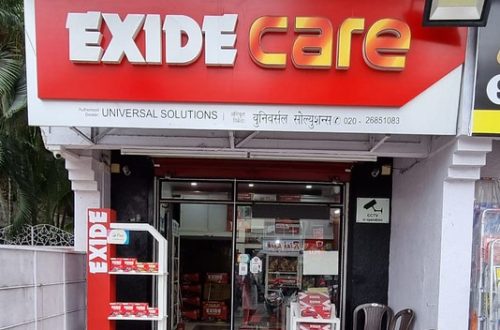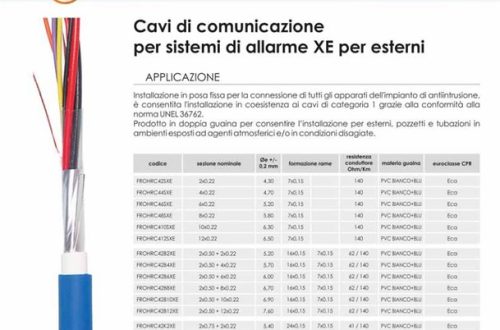The Dangers of Sucking a Button Battery
The Dangers of Sucking a Button Battery
Button batteries are used to power a wide variety of products. They’re found in many toys, remote controls, musical greeting cards, calculators and watches.
These small batteries can pose a serious choking risk to children. They’re also more likely to lodge in the oesophagus (the tube that connects the mouth and stomach).
Symptoms
If your child swallows a button battery it can cause serious damage to their gastrointestinal system (the body’s main tubes, including the mouth and stomach). These batteries are small disc-shaped and come in many different sizes. They are most often found in toys, but can also be found in some electronics and hearing aids.
Button battery ingestion is not uncommon, and if your child has swallowed a button battery you should take them to hospital straight away. Children can ingest these batteries without knowing it, but they are extremely dangerous and can be life-threatening if they get stuck in their throat or esophagus (food pipe).
You should contact the Poisons Information Centre as soon as possible on 13 11 26 to get expert advice and help with your emergency situation. It is important that you don’t give your child any food or drink until after they have received an evaluation from the emergency department.
Ingestion of button batteries can lead to a number of problems, the most serious being severe burns in the oesophagus (food pipe) and stomach. In addition, the button battery can discharge and cause a hole in the wall of the oesophagus. If this happens, it can be life-threatening and require surgery to repair the damage.
Your child will be x-rayed to confirm where the battery is lodged, which will allow your doctor to treat any injuries and avoid further complications. In some cases, your child will need to be taken to hospital for an operation to remove the button battery as a matter of urgency.
A button battery ingestion can result in severe and painful burns to the lining of your child’s oesophagus, stomach, and throat. It can also lead to the development of a hole or fistula between your child’s oesophagus and trachea (windpipe), which may require several operations, such as oesophageal resection or dilatation.
Symptoms of a button battery ingestion include coughing, drooling or vomiting, trouble swallowing, and fever. These symptoms can be mistaken for other illnesses and will need to be confirmed on an x-ray.
Diagnosis
Button batteries, also known as coin batteries, can be found in a wide range of items. They are used to power lights, toys and many other devices that you use everyday. However, they can become dangerous if swallowed. This is why it’s important to check all battery-powered devices in and around the home and anywhere your children stay or play.
If your child has swallowed a button battery, it’s important to take them to hospital straight away. This will give them the best chance of getting the battery out safely and avoiding further damage.
A doctor will probably use an X-ray to see where the battery is in your child’s body. This may show it in the ear, nose or stomach. They will then remove it with a special tool to stop any further damage. They may also look through an endoscope to see the battery’s damage and decide if it needs further treatment.
They will then usually get an X-ray again to check that the battery is out of the body. This will show any damage it has caused and can tell them if they need to remove it from the ear, nose or stomach.
In some cases, doctors can Button Battery remove the battery from your child’s ear or nose using an endoscope. This can stop further damage and save them from needing a more complicated operation. They will then usually be taken to a specialist hospital such as Great Ormond Street Hospital (GOSH) for further treatment.
There is a risk of oesophageal bleeding when a button battery is in the esophagus so it’s important to get the battery out as quickly as possible. This can be done by taking out the battery using a balloon catheter and a magnet that is affixed to the nasogastric tube. This can prevent further damage from happening and allow the oesophagus to heal.
The most common symptoms of a Button Battery are vomiting, coughing, chest pain and difficulty swallowing. Other symptoms include drooling, wheezing and breathing problems.
The National Battery Ingestion Hotline in the United States estimates that up to 1.5 battery ingestions occur every year. These are very serious because they can cause severe injury.
Treatment
Button batteries are small, coin-shaped discs that can be found in many toys, remote controls, watches and other devices. They can easily become lodged in a child’s throat and block their breathing.
Once swallowed, the battery interacts with a child’s saliva to trigger an electrical current, which sets off a chemical reaction that can burn or damage tissue and vocal cords. The resulting acid and alkali can cause serious damage that may result in long-term health problems and even death.
If you think your child has swallowed a button battery, take them to the hospital immediately. They will need to undergo a series of tests to determine what caused the problem and what type of treatment is needed.
The medical team will also perform an X-ray to make sure the battery isn’t lodged in their throat or in another part of their body. A chest X-ray is often necessary, especially if the battery is located above the diaphragm.
A child with a button battery in their throat may have trouble breathing and be very fussy. Other symptoms include vomiting, fever and weight loss.
In most cases, a doctor will remove the battery to prevent further damage to the esophagus and other organs. However, some cases require oesophageal surgery to repair or replace the lining of the oesophagus or trachea.
Other complications of a battery stuck in the oesophagus include a hole that can form Button Battery between the oesophagus and trachea (windpipe), and damage to the vocal cords. These can lead to breathing difficulties, stridor and difficulty breathing at night.
After a button battery is removed from the esophagus, children should remain under observation for about 24 hours to monitor their condition. They should also be kept hydrated and be monitored for any side effects from the battery.
It is important to note that the alkali and acid from the battery can continue to irritate the lining of the oesophagus, which can lead to more severe issues. To help neutralize the acidity, you can give a honey or sucralfate suspension to your child. This is an option that should not be used in all settings, but it is worth discussing with your surgical teams before you make a decision.
Prevention
Battery-powered devices, including remote controls, singing greeting cards, digital scales, watches, hearing aids, children’s toys and calculators are common in our homes. Many of these devices use small lithium batteries, also known as button batteries.
These batteries can be swallowed by children, causing serious and sometimes life-threatening injuries. Prevention can include choosing products that are more difficult for your child to access the batteries in.
If a child does swallow a battery, you should seek medical attention immediately. Symptoms can include vomiting, diarrhea, trouble breathing and swallowing, fever, trouble sleeping and pain in the chest or abdomen.
It’s important to get an x-ray as soon as possible so that you can be sure that there is no battery in your child’s body. This can help you get to a hospital that has the expertise to remove the battery and repair any damage it caused.
When a button battery gets stuck in your child’s throat, it triggers a chemical reaction that can severely burn the esophagus. This can lead to severe damage in as little as two hours.
Button batteries are also a danger to your child’s eyes. They can cause permanent blindness when ingested by a child who is under the age of one.
Thankfully, the Australian Government has recently made significant progress in preventing button batteries from being ingested by young children. It has partnered with industry and health services to develop an industry code of best practice that requires products designed for young children to have a sealed button battery compartment.
However, despite this progress, the number of children who have been exposed to these batteries continues to increase and more than 20 children present each week to emergency departments across Australia.
A tragic incident in Perth, Western Australia, highlighted the risks associated with button battery injuries. 11-month-old Sofia-Grace was unable to eat solid food as she had a button battery lodged in her throat for four months. Her death prompted a campaign to prevent other kids being injured or killed by this potentially deadly battery.


